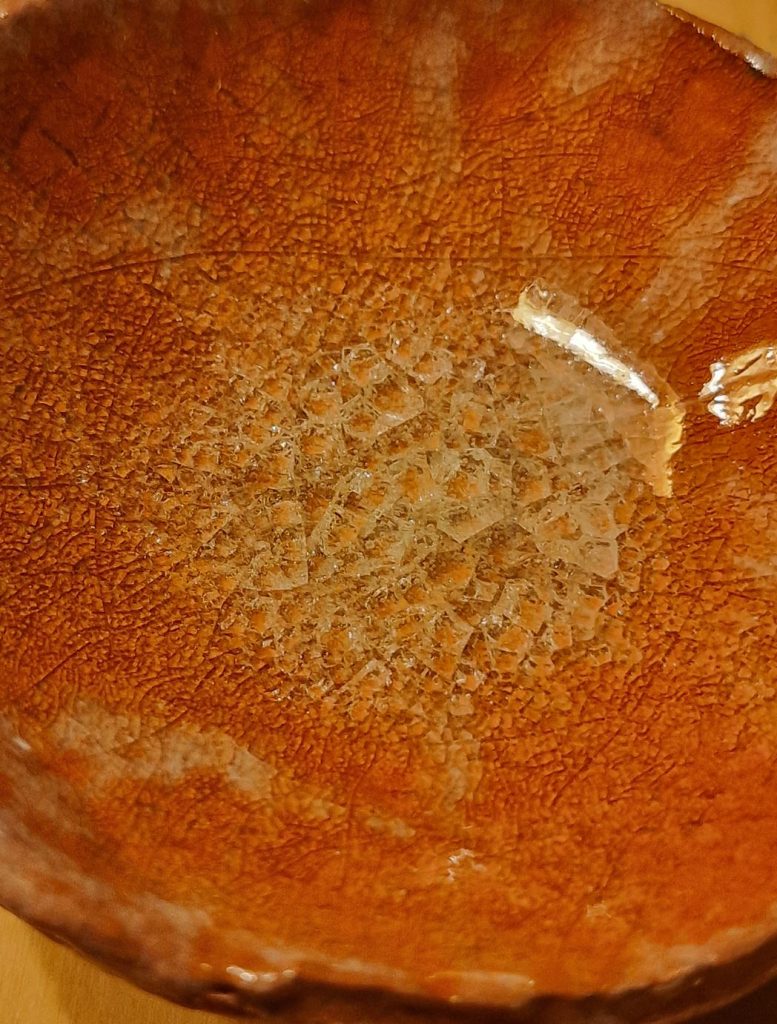
9 Important Fluxes For Ceramic Glazes, A Summary Of Melting Agents
Raw Material Fluxing Agents For Ceramics.
A simplified introduction to the complex topic of melting glazes.
What is a ceramics flux?
It is a melting agent, usually a metal oxide, used in glazes and ceramic bodies to lower the melting point. Potter’s often uses substances with a higher melting temperature than their kilns can reach. By adding fluxing agents we can decrease the melting temperature so glazes can melt, and clay-bodies sinter. Flux often melts poorly on its own but reacts strongly with other materials. Low-fire glaze receipts can contain as much as ~60-90% flux.
Melting Points
Five key temperatures related to glaze-melting:
- Elements Melting Point – The melting temperature of the pure base element.
- Compound Melting Point – The melting point of the form we use (oxide/salt/mix/other).
- Decomposition Temperature – The point a material chemically breaks down into other compounds when heated, rather than melts.
- The newly decomposed compound’s melting point – the decomposed material often has another melting point.
- Fluxing with Quarts / Silica (SiO₂) – The temperature where the flux begins to interact with silica to form a glassy melt (Silica melts at 1713°C without a flux).
Example: Boron is a element that melts at 2076°C, let's say we use Borax that starts to decompose at ~741°C to Boron Oxide (melting point 450°C), and Sodium Oxide (melting point 1132°C). Now we have 2 different compounds with different fluxing temperatures: Boron Oxide fluxing with Silica at 450°C (same as the melting point), and Sodium Oxide fluxing with Silica at approximately ~800-1000°C, while fully effective between ~900-1100°C.
9 Important Fluxes For Ceramic Glazes:
Ceramic raw material fluxes can be a confusing chapter; especially the Potassium / Feldspar / Sodium intermingling can take some time to wrap your head around. Here I try to make an overview, and the goal is simplicity for practical use. I hope it can straighten up some lines.
In this list:
✔ I retired Lead and Barium due to health and environmental concerns.
✔ I only add the essential raw material fluxing agents, there are many more.
✔ I added Feldspar as its own “family”, though Feldspar is a group of several minerals.
✔ I don’t list fluxing oxides if they are primarily used as colorants.

Boron – The fast Cheetah
Boron(B) – melting point 2076°C
Raw mineral sources: Gerstley Borate, Borax, and Colemanite. Boron is a powerful flux, chemically reactive but thermally stable. Borax is a raw source of Boron, and water soluble, so it’s not ideal to use it directly in glazes. Borax has been used for almost everything from skincare to cleaning. But recently banned in the EU by the ECHA for being “reprotoxic”, and potentially hazardous when consumed, it is still in the trade for industrial purposes. Borax frits are popular since it’s pre-melted and grounded, and no longer soluble in water. Note that Borax is called Sodium Tetraborate Decahydrate or Sodium Borate because it is a Borate compound containing Sodium (Na) and Boron (B). The borate ion (B₄O₇²⁻) forms a stable salt with sodium (Na), containing almost as much Sodium as Boron, so it’s not a pure Boron source. Borax significantly lowers the melting temperature of glazes and acts as a strong melting agent, also a key flux in many low-fired glazes.
Boron sources in the potter’s workshop:
Borax – starts to flux at ~750°C
BNa₂B₄O₇·10H₂O (Sodium Tetraborate Decahydrate) Decompose in stages:
Above ~741°C Borax decomposes to Boron Oxide (B₂O₃) (melting point and an active flux 450°C) and Sodium Oxide (Na₂O) that starts to flux at ~800-1000°C.
Borax is an often used component in many commercial frits.
Boric Acid – decomposes into Boron Oxide (B₂O₃) and starts fluxing quartz at ~750°C.
(H₃BO₃) a common source of Boron (B₂O₃), less common in ceramic stores due to solubility issues, replaced by Boron Frits. Still useful for raw glaze experimentation and a direct fluxing additive
Gerstley Borate – starts to flux at ~850, best fluxing effect ~900-1000°C
CaO·2B₂O₃·5H₂O Decompose in stages into: Boron Oxide (B₂O₃), Calcium Oxide (CaO), and Sodium Oxide (Na₂O)
Colemanite – Fluxing effects start at ~800-1000°C
CaB6O11⋅5H2O Decomposition begins at ~350-600°C and is complete by ~700°C.
Boron Oxide (B₂O₃) is the Primary flux, melts at ~450°C, fully effective by ~900°C. Calcium Oxide (CaO) is the secondary flux and stabilizer.
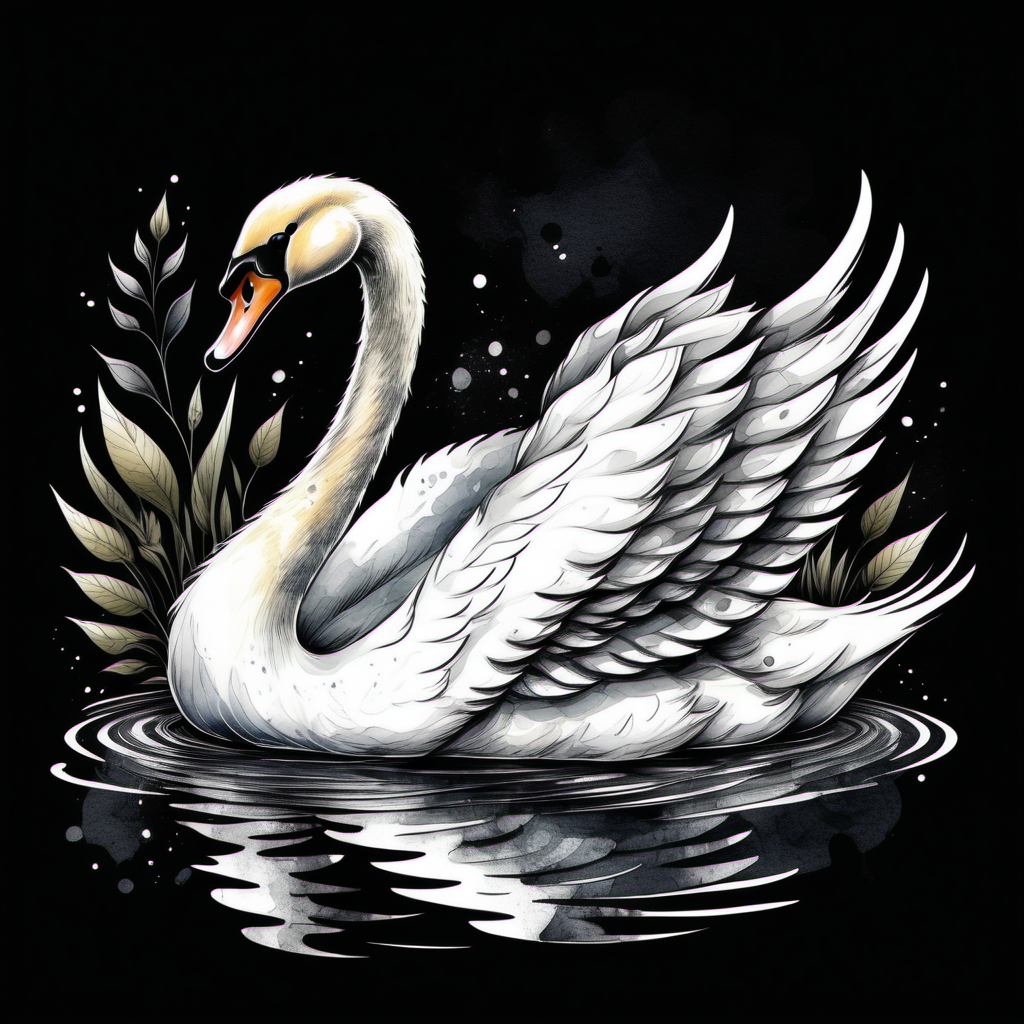
Calcium – The White Swan
Calcium(Ca) – decompose at 842°C to (CaO) (Quicklime) melting point 2572°C
Alkaline Earth Metal group, raw material sources: Chalk, Marble, Limestone, Eggshell, Seashells, and more (roast raw materials like Eggshell and Seashells so they are less hard, but not over 550°C). Calcium Carbonate is an inorganic salt, an economical material, and a high-temperature flux. Calcium Carbonate is also called “Whiting” and makes white, milky glazes. Calcium adds hardness and increases chemical resistance to glazes.
Calcium sources in the potter’s workshop:
Chalk – starts to act as a flux at ~1000-1100°C more active flux around ~1100-1200°C.
Chalk (Calcium Carbonate, CaCO₃) must first decompose into Calcium Oxide (CaO) to be a flux.

Feldspar – The Fateful Dog
Feldspar is not a single mineral but a group of minerals. Feldspar is a natural resource, containing (among others): Calcium Oxide, Potassium Oxide, and Sodium Oxide, all 3 described in this list as fluxing agents. This makes Feldspar a significant flux. The two most common feldspars for Potter’s are “Potash Feldspar”, and “Soda Feldspar” (Albite). Feldspare affects the viscosity and fluidity of the melt, and influences the characteristics of the glaze. Feldspar is a glaze on its own, in fact; In Feldspar, Potassium (potash) and Sodium (soda) are insoluble, making Feldspar a naturally occurring Frit. Feldspar earned its name: “the Potter’s friend”.
Nepheline Syenite also contains high levels of Sodium Oxides and Potassium Oxides like Feldspar, but not with a sufficient amount of silica to be classified as Feldspar. Nepheline Syenite is a middle-to-high-temperature ceramic flux.
Feldspar and Nepheline Syenite sources in the potter’s workshop:
Sodium Feldspar (albite) – starts fluxing at 1000-1100°C fully effective around~1100-1200°C.
(NaAlSi₃O₈) (Sodium Aluminum Silicate).
Potassium Feldspar – fluxing with Quartz between ~1150-1200°C
(KAlSi₃O₈) melting point between ~1150-1300°C depending on the purity.
Nepheline Syenite – starts fluxing Quartz at ~1080-1250°C fully effective around~1100-1250°C.
(Na,K)AlSiO4 melts between ~1080-1250°C, depending on its composition.
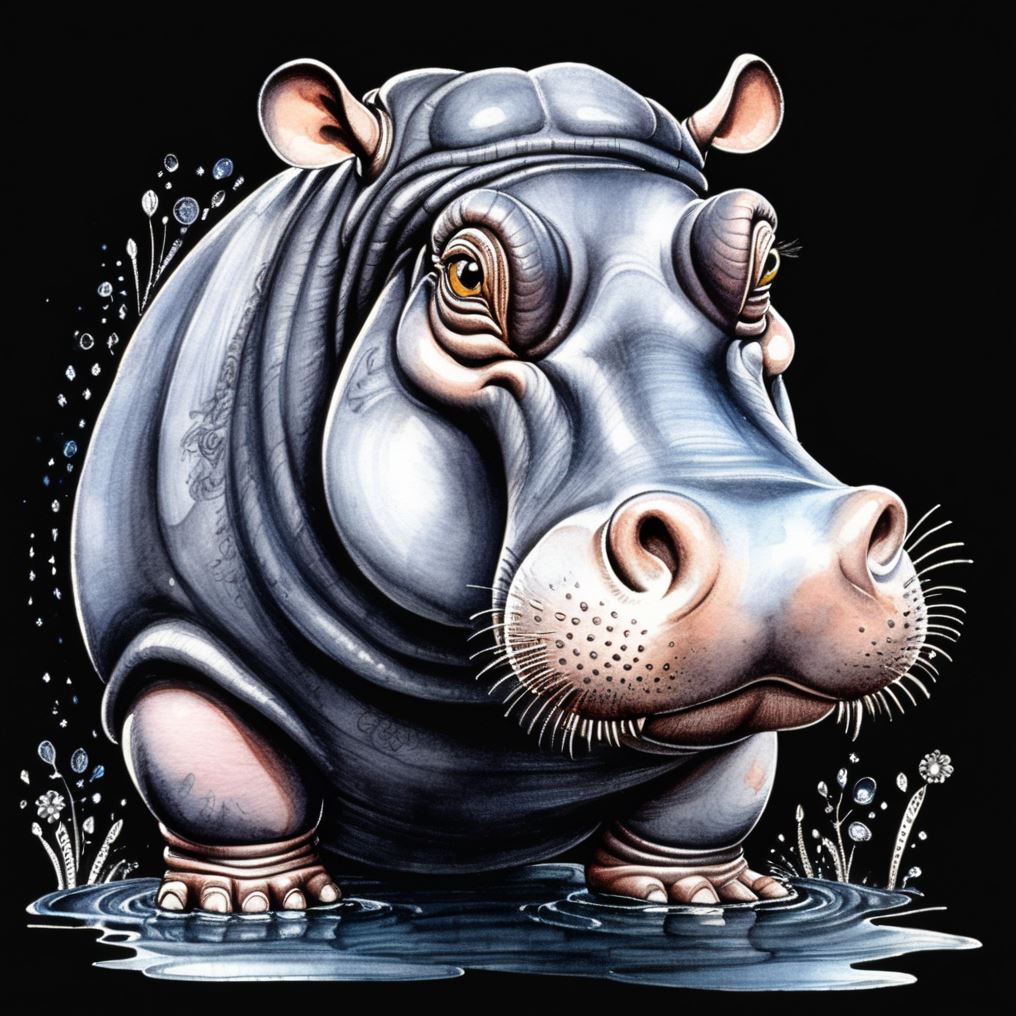
Lithium – The Mighty Hippo
Lithium(Li) – melting point 180.5°C
The alkali metal group, raw material source: Lithium-enriched brines, and Lithium Pegmatites. Lithium is a very strong alkaline low-temperature flux and a powerful melter. Lithium is used in small amounts (up to 5%) and makes fluid glazes and a glossy surface, often used in combination with other fluxes.
Lithium sources in the potter’s workshop:
Lithium Carbonate – strong fluxing action begins at ~800-1000 °C
(Li₂CO₃) several decomposition stages, fully decomposed to Lithium Oxide (Li₂O) at ~723 °C

Magnesium – The Team-working Ant
Magnesium(Mg) – melting point 650°C
Alkaline Earth Metals group, raw material sources: Found in many minerals, but commercially dolomite, magnesite, and talc. Magnesium Carbonate (MgCO3) Is refractory at low temperatures, while an active flux at high temperatures. Magnesium is a weak, secondary flux, meaning it performs poorly alone, but can form eutectic systems with other oxides, producing melts at low temperatures. Magnesium carbonate (MgCO3) doesn’t melt but decomposes when heated above 350°C into Magnesium Oxide (MgO). So MgO is the key flux with a melting temperature of 2,852°C. MgO interacts effectively with silica at 1260°C, making it a high-temperature flux.
Magnesium sources in the potter’s workshop:
Magnesium Carbonate – start fluxing Quarts (Silica) at ~1000-1250°C
MgCO₃ does not have a true melting point because it decomposes before melting. It decomposes at ~450°C into Magnesium Oxide (MgO) (melting point ~2800°C).

Manganese – The Black Crow
Manganese(Mn) – melting point 1246°C.
Raw material sources: Pyrolusite, Romanechite, Manganite, and Hausmannite.
Manganese dioxide has been used since ancient times: Ancient cultures sourced manganese from natural mineral deposits, including manganese oxides like Pyrolusite. It was used as black pigment in cave paintings, while in ceramics it is used as a colorant to; violet, purple, red, brown, and black. Manganese dioxide also acts as a strong flux in large amounts.
Manganese sources in the potter’s workshop:
Manganese Dioxide – starts to flux at ~1100 -1200°C
MnO₂ does not have a sharp melting point since it decomposes to Manganese (II, III) when heated.

Potassium – The Rapid Falcon
Potassium(K) – melting point 63.5°C
Alkaline Earth Metals Group, raw material sources: The 7th most abundant element on Earth’s crust. Potassium is found in Feldspars and clays among others. Potassium is a strong ceramic flux, Potassium Oxide has a melting point 740 °C. It’s water-soluble, also a very reactive element never found in free form in nature. Potassium(K) and Sodium(Na) have quite similar fluxing characteristics. Potassium-Feldspar is a common Feldspar type used in ceramics, together with Sodium Feldspar. The name “Pot Ash” derives from the pre-industrial process where Wood Ash was soaked in water in a pot, water dissolves the water-soluble Potassium into Lye (or Potash-Lye). Evaporating the water from the Lye results in a white powder called “Pot Ash”.
The metal Potassium is too reactive to be used in its pure form: It is higly reactive; caustic, flammable and a explotion hazard. Potassium reacts with oxygen, the moist in air, and react violently with water produsing Hydrogen gas (H2). Heat from the reaction, combined with the Hydrogen gas, can be explosive.
Pottasium sources in the potter’s workshop:
Potassium Feldspar and Nepheline Syenite – see Feldspar
(the most common form of Potassium used in pottery)
Potassium Carbonate – decompose before melting (~891°C) starts fluxing at ~900°C, fully effective around~1000-1150°C,
K₂CO₃ Historical names: “Potash”, “Pearl Ash”, and “Salts of Tartar”. Historical Potash was often impure, while Pearl Ash and “Salts of Tartar” often had a higher degree of purity.
Chemically, they are all K₂CO₃, and act as a strong alkali flux. Potassium Carbonate decomposes to Potassium Oxide (K₂O) with a melting point of 740°C.
To work with Potassium Carbonate:
It’s water-soluble and caustic, use gloves. Wear a Dust Mask to prevent inhaling fine powders. Work in a ventilated area when mixing powders to reduce airborne dust. Keep Materials Dry and Sealed.
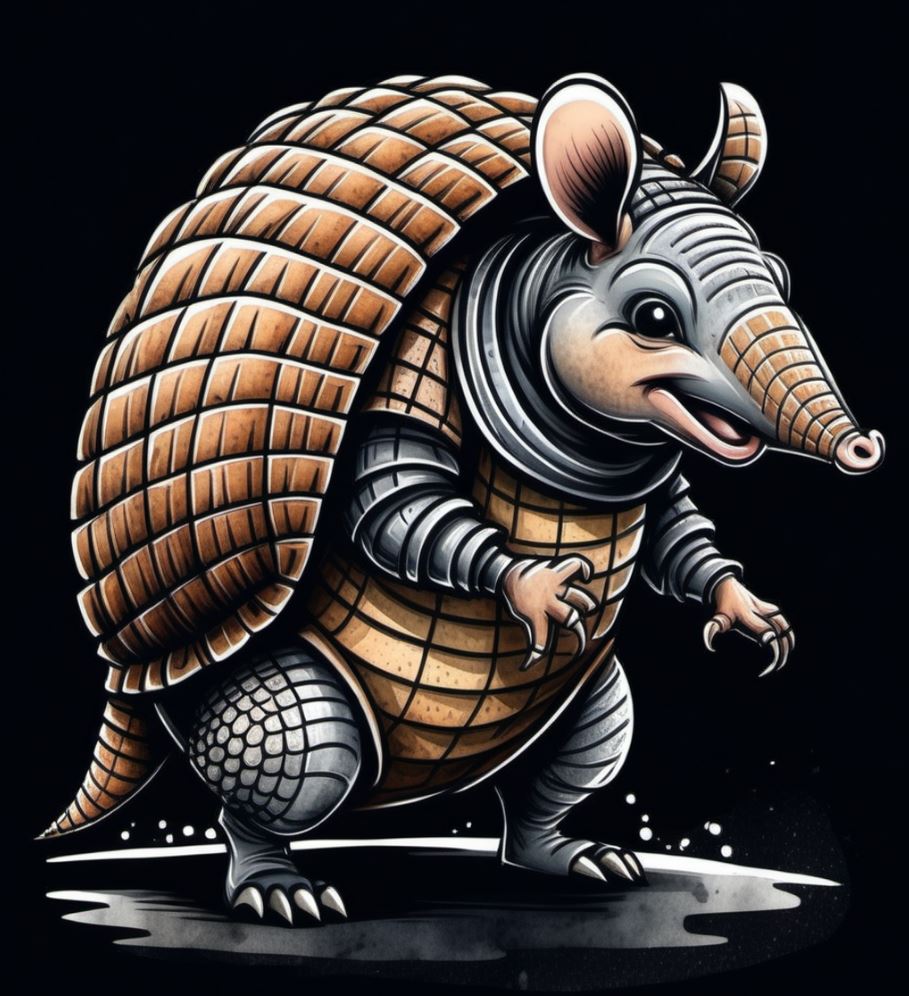
Strontium – The Armadillo
Strontium(Sr) – melting point 777°C
Alkaline Earth Metal group, raw material sources: Mined from celestite and strontianite. Strontium carbonate is a hige-fire flux. And a common substitute for the more unhealthy Barium Carbonate. Strontium Carbonate gives a scratch-resistant surface and impacts the color development in glazes. enhances gloss, depth, and brightness in high-fire glazes. Strontium produces smoother, more transparent vibrant colors, especially in blues and greens. Strontium (Sr) was historically overlooked in ceramics but became popular in the mid-20th century as a non-toxic alternative to Lead (Pb) in glazes.
Strontium sources in the potter’s workshop:
Strontium Carbonate – fluxing at ~1000-1150°C fully effective around 1150-1250°C.
SrCO₃ decomposes to Strontium Oxide (SrO) at ~900-1200°C

Sodium – The Swift Hummingbird
Sodium(Na) – melting point 97.8°C:
The alkali metal group, raw material source: Sodium is a soft, silvery-white, highly reactive metal, it’s too reactive to be found as a metal in nature. Found in minerals like cryolite, zeolite, and sodalite. Table salt consists of equal numbers of sodium cations and chloride anions. “Sodium-Feldspar” is mined from Feldspar containing high amounts of Sodium Oxide. Soda Ash (Sodium Carbonate) is a ceramic flux commonly used in low-fired glazes. Sodium chloride (also known as edible, or table salt) is calcined, meaning it is purer and lost its chemically bounded water. Both types can be used in glazes and ceramics.
Sodium sources in the potter’s workshop:
Sodium Chloride – turns into a vapor at ~1000-1300°C, releasing Sodium Oxide (Na₂O)
NaCl (ordinary table salt) behaves differently from other ceramic fluxes, it does not melt quartz directly, in high-temperature firings it vaporizes rather than melting into a glaze. Releases HCl gas both corrosive and toxic, can cause severe harm to the respiratory system, skin, and eyes.
Sodium Carbonate – fluxing starts at ~800-1000°C
Na₂CO₃ (Soda Ash) melting point is 851 °C, before fully melting it begins decomposing into Sodium Oxide (Na₂O).
Sodium Bicarbonate – fluxing starts at ~800-1000°C
NaHCO₃ (also known as Baking Soda) decomposes into Sodium Carbonate at ~80-200°C and does not have a true melting point because it decomposes (in many stages). Sodium Carbonate (Na₂CO₃) forms the final flux and melts at 851°C. Remember Baking Soda and Baking Powder are not the same; Baking Soda decomposes cleanly into Sodium Carbonate, while Baking Powder contains unwanted additional acidic ingredients and starch.
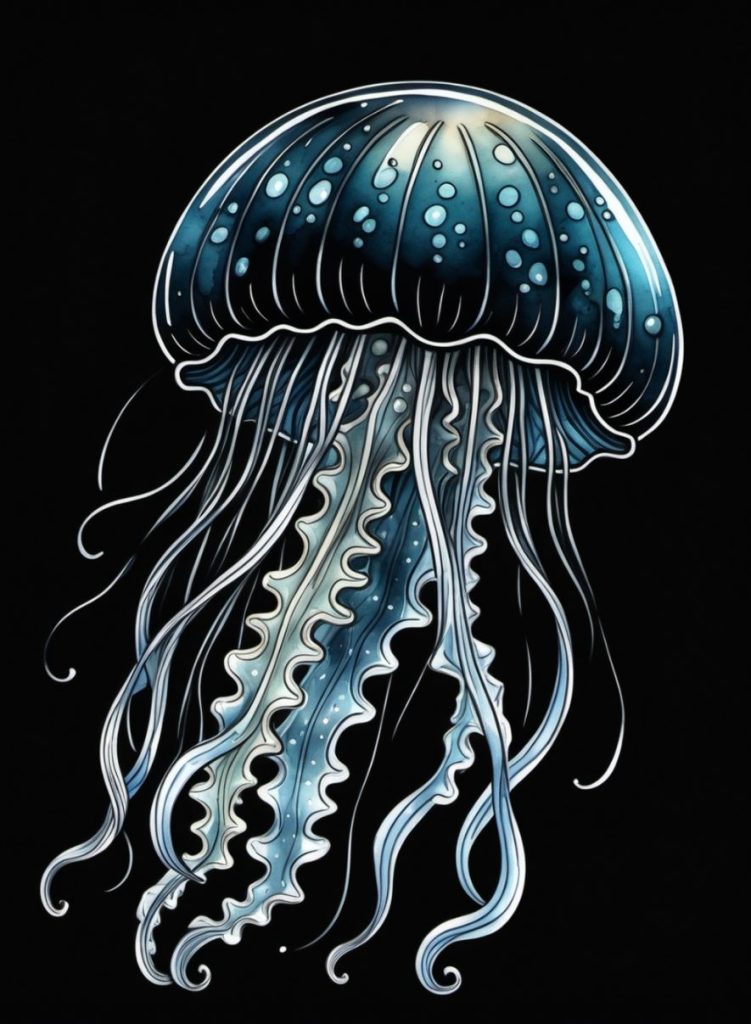
Zinc – The Jellyfishes
Zinc(Zn) – melting point 419,5 °C
Raw material source: The most common is Sphalerite, a zinc sulfide mineral.
Zinc is used as an opacifying and crystallization agent, it also promotes glossiness in glazes. Zinc oxide is a secondary fluxing agent, meaning it is most effective together with other fluxing agents. Zinc in its metallic form (Zn) is highly reactive, especially at high temperatures but does not function as a flux, it oxidizes into zinc oxide during firing while it releases unhealthy fumes. Zinc Oxide (ZnO) is stable and predictable in glaze formulations.
Zinc sources in the potter’s workshop:
Zinc Oxid – starts to flux around ~1000°C, reaction becomes stronger at ~1100–1250°C
ZnO – melting point 1,975 °C
Wood Ash
Ok, this is a list of the 9 Important Fluxes For Ceramic Glazes, and Wood Ash would be number 10. But it’s a flux worth mentioning though Wood Ash is not a compound, but a mix of chemicals (the same compounds the tree roots brought up from the ground), and several of the fluxing agents already described in this list, like: Potassium, Sodium, Calcium, and other minerals that lower the melting point of silica. Wood Ash is a traditional, natural flux used in ceramics.
Wood Ash – fluxing starts at ~950-1050°C, and fully melts Quarts at ~1100-1200°C.
There are huge variations depending on the ash that comes from soft or hard wood, or grass, bushes, or even seaweed.
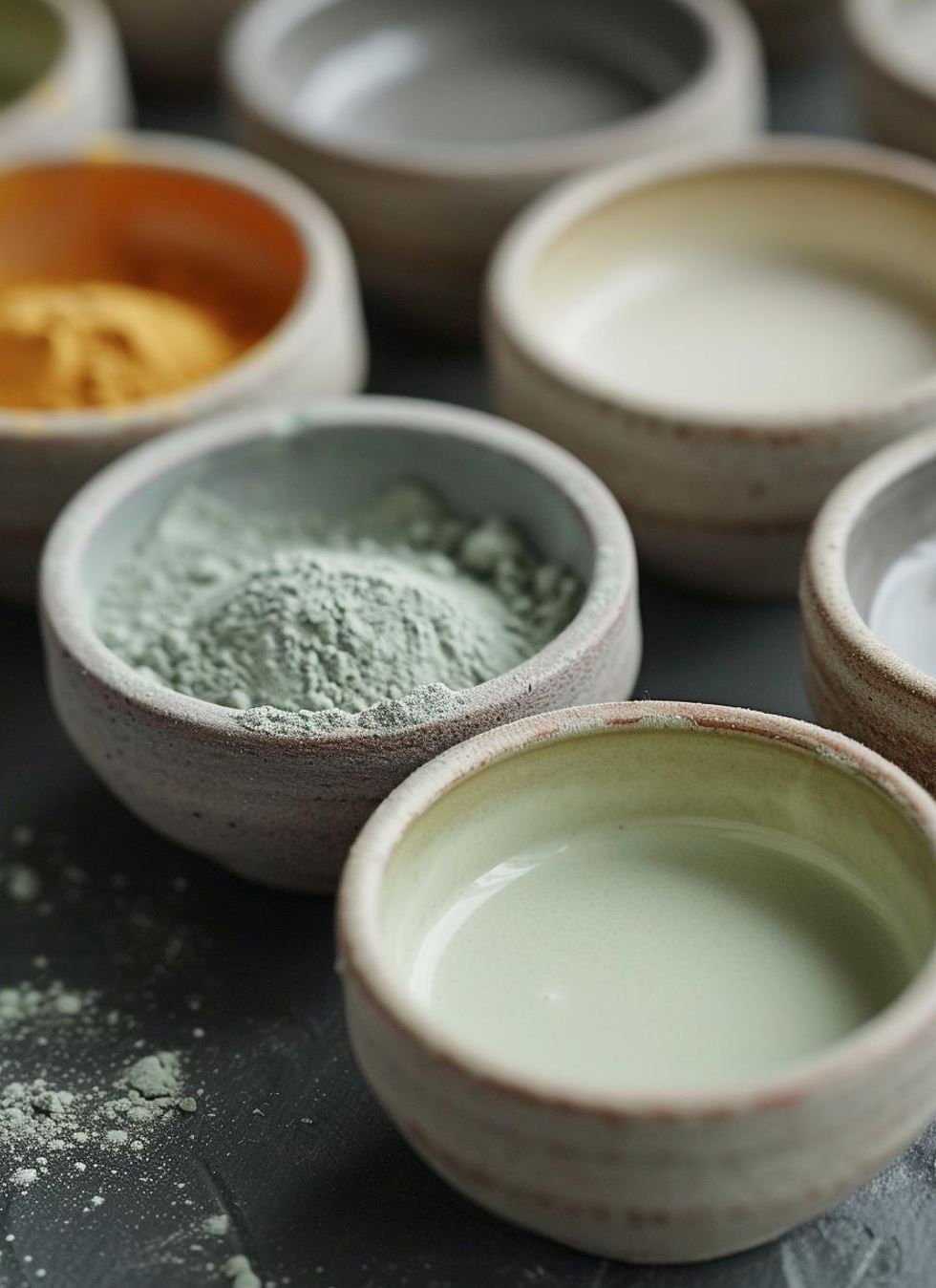
9 Important fluxes for ceramics
The 9 Important Fluxes For Ceramic Glazes:
1 – Boron(B) – The strong and fast Cheetah
2 – Calcium(Ca) – The White Swan
3 – Feldspar – The Fateful Dog
4 – Lithium(Li) – The Mighty Hippo
5 – Magnesium(Mg) – The Team-working Ant
.. – Manganese(Mn) – The Black Crow (considered by some more as a colorant)
6 – Potassium(K) – The Rapid Falcon
7 – Strontium(Sr) – The Armadillo
8 – Sodium(Na) – The Swift Hummingbird
9 – Zink(Zn) – The Jellyfishes Shoal
Honorable mentions:
10 – Barium – retired (still in use, still in the trade)
11 – Lead – the workhorse of historical ceramics – retired (still in the trade)
9 Important Fluxes For Ceramic Glazes,
A Summary Of Melting Agents
Also, try the Glaze Recipe Calculator here:
https://www.woodfireceramic.com/ceramic-recipe-calculator
Read the complete list of pottery materials:
https://www.woodfireceramic.com/ceramic-materials-and-glaze-ingredients/
Read how 4 components make a glaze:
https://www.woodfireceramic.com/4-components-that-makes-a-glaze
"The most commonly used fluxing oxides in a ceramic glaze contain lead, sodium, potassium, lithium, calcium, magnesium, barium, zinc, strontium, and manganese". Source Wikipedia.
https://en.wikipedia.org/wiki/Ceramic_flux
Important Fluxing Agents In The Pottery Studio.
Read more:
https://www.thesprucecrafts.com/ceramic-and-glaze-fluxes-2745860
https://www.louiskatz.net/materials/CeramicsHandbook/glaze/Fluxes.htm
https://digitalfire.com/glossary/flux
https://www.lmosley.com/pottery-glaze-basics
9 Important Fluxes For Ceramic Glazes, A Summary Of Melting Agents. January 2025